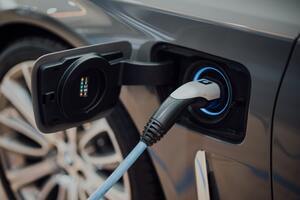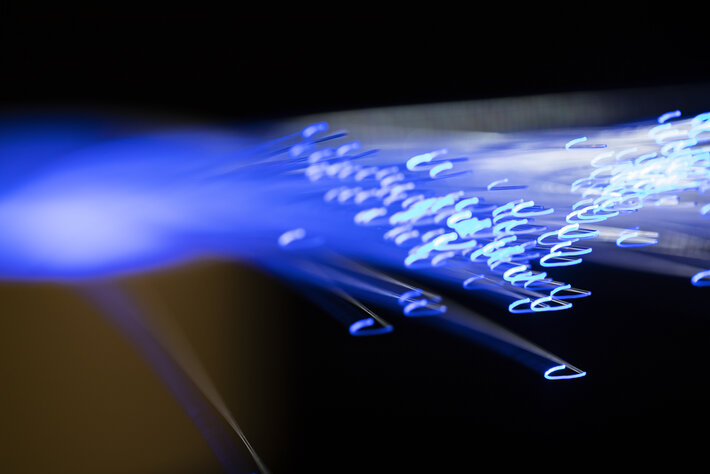Year on year, the market for electric vehicles (EVs) continues to grow. As the G7 commits to the target of reaching net zero carbon emissions by 2050, actually achieving these lofty goals will rely on all sectors adapting to encompass these green ambitions.
In transport, many people look to EVs as a means of reaching national targets. Here, Steve Hughes, managing director of EV power specialist REO UK, discusses the growth of the EV industry.
It seems simple to switch from fuel-powered vehicles to electric ones, but things can be much more complicated than that. An immediate problem often highlighted is the cost of EVs versus standard internal combustion engine (ICE) vehicles. Also pointed to are a lack of charging stations, or difficulty using home electrical supply to charge vehicles. But thinking more long term, other issues arise, particularly for maintenance and repair.
For traditional ICEs, the block exception regulations (BER) from 2003 ensure that replacing automotive parts has no detrimental effect on a vehicle’s warranty, provided that the replacement parts are authentic and fitted by a trained mechanic.
However, the increase in sales of electric and hybrid vehicles has come quickly, and so many independent, non-dealer garages and service centres are unprepared for the requirements of servicing them. This will give consumers less choice, as they will be forced to turn to garages affiliated with certain dealers, and could potentially lead to them being charged higher prices.
If this situation is not resolved, it looks likely to get worse as we move towards the UK Government’s target of prohibiting the sale of ICE vehicles by 2030.

Combatting this issue will prove essential if EVs are to be a viable option for consumers, ensuring that electric and hybrid vehicles can be serviced and repaired in a way that is cost-effective for drivers. It is also necessary if these vehicles are to have a lifespan that competes with those of ICE vehicles.
It’s therefore necessary to have a means for independent garages to be able to reliably and safely fit replacement parts in electric or hybrid vehicles. One important aspect of safety is making sure that systems are working correctly. Variable power supplies have been widely available for this purpose for the railway industry, and there are many parallels between this industry and the EV sector. As such, many companies are diversifying their portfolios to include testing facilities for EVs.
One such company is REO, who has developed the REOTRON SMP range of variable DC power supplies. Variable power supplies allow engineers to test how well batteries can perform in a variety of situations. The REOTRON SMP range of variable DC power supplies lends itself to powering vehicles without batteries, especially when fault-finding.
It provides stable, safe and adjustable power supply for use in process engineering systems. The REOTRON has current limiting capabilities and is short-circuit proof to ensure both the test equipment and vehicle can be tested safely.
As well as charging batteries, it is often necessary to safely monitor battery performance during discharging. REO’s range of BW155 resistors have been utilised to provide a variable load bank, which again can be programmed to discharge battery powers up to 130 kW. The BW155 range is designed with safety in mind, and as well as operating continuously it can handle short-term overloads of greater than twenty times the rated power. The internal windings are double insulated to ensure that even in the event of an overload, there is a fail-safe mechanism in place that keeps everything protected.
The market for electric cars shows no signs of slowing down. As consumers embrace new technology to decrease the carbon footprint of travel, independent garages and dealerships need to be able to cater to the needs of hybrid and electric vehicles. It’s vital that, as we ramp up the transition to green energy, repair services are widely available for drivers. Not only will this improve safety for consumers, but it will also help to extend the lifespan of electric and hybrid vehicles.
The author is Steve Hughes, managing director of EV power specialist REO UK,
Comment on this article below or via Twitter: @IoTNow_OR @jcIoTnow










